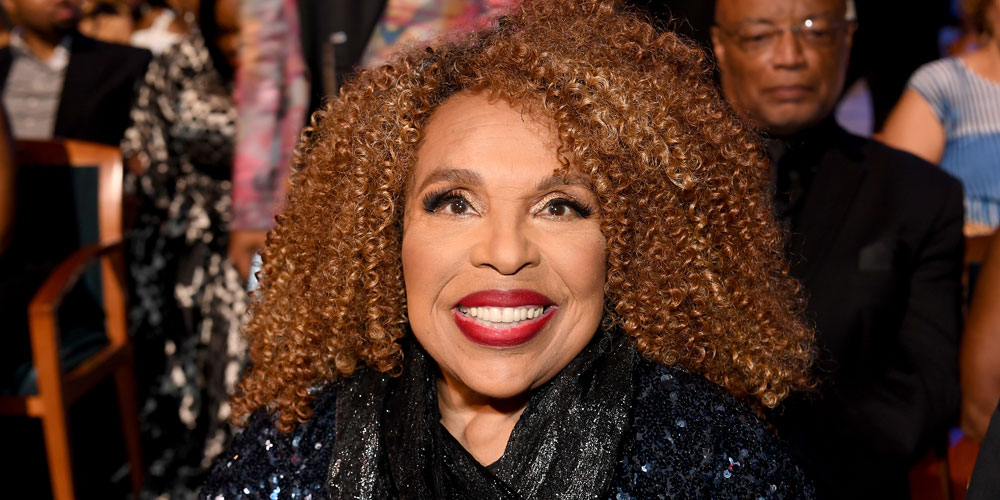ARTICLE AD
Life is full of many surprises, but I imagine discovering you have nearly 100 children you didn’t know about has to be up there among the more shocking ones. Dylan Stone-Miller was an undergrad at Georgia State University in 2011 when his roommate suggested donating sperm to earn some funds. Dylan, who says he was broke at the time, estimates he visited the Atlanta sperm bank Xytex about 400 times over five years, at $100 a pop. For those of you mathing along, that’s $40,000 he made for… that activity. Dylan signed a form that said his info would not be provided to any offspring until they turned 18. Although there are no national regulations on sperm donations (a fact that Dylan would later become very acquainted with), Xytex told Dylan that his contributions would be used on no more than 40 families. Nearly 10 years later, one mother tracked Dylan down to thank him for his donation, and then everything spiraled from there:
The first connection: Back in 2020, just minutes into his new job at a software engineering firm in Atlanta, Dylan Stone-Miller read a direct message on Instagram that left him stunned. A woman who had conceived a daughter with the sperm he first donated to a sperm bank nine years earlier while attending college had managed to track him down — and wanted to thank him. Soon Stone-Miller found himself clicking through the woman’s Instagram profile, staring at hundreds of photos of his biological daughter. “Seeing this little girl’s beautiful face just filled me with so much joy, love and gratitude,” he recalls. “I had to fight to hold back the tears.”
There was a Facebook group for families with children using his donor #: In the months that followed, Stone-Miller began hearing from dozens of parents — all of whom welcomed children with his sperm. Using his donor number, they had found their way to one another online and formed a Facebook group to stay in touch. At last count Stone-Miller estimates that he has at least 97 biological children in six countries — but says the true number could be more than 250. The revelation altered the trajectory of his life and eventually inspired him to become a passionate advocate for donors and families. Now he’s calling for legal limits on the number of pregnancies that result from one sperm donor, as well as changes to the ways that the multibillion-dollar industry treats people like him and recipient families.
His real number of kids is likely between 150-250: When Stone-Miller began meeting other parents online and became aware of his ever-increasing number of offspring, he was in disbelief. “Right now I know of at least 62 families,” he says, noting that some of them have had multiple children using his sperm. “But typically only about 40 percent of recipient parents report their birth back to the sperm bank, so I anticipate there being around 150 families and more than 250 children.”
He meets his kids with families that welcome it: Soon Stone-Miller — who had spent years helping to raise his ex-wife’s son — decided that he owed it to his biological children to meet them before they turned 18 if the parties were interested. “I know how inquisitive children are and how important it is to answer their questions, especially ones about where they came from,” he says. Starting in 2021 he began meeting one after another. (He thinks the oldest of his kids would now be 12.) By the time he decided to take a sabbatical from his computer programming job and embark on his cross-country road trip last May, he had gotten to know 18 of them. The number now stands at 26. The parents and children first connect with him online, “and then we figure out if we want to meet in person,” he says. “It’s not like strangers meeting. It’s like online friends becoming friends with a mutual lifelong commitment.”
He’s an advocate now: For Stone-Miller — who is currently based in Washington State and works remotely for a non-profit that he’s launching to help sperm donors and recipients navigate challenges — the days ahead will be filled with more meetings with his biological children, including a second trip to Australia, where at least five of them live. He recently learned that his youngest was born four months ago. “The sperm bank tells me that they’ve retired me,” says Stone-Miller, “but there is no legal requirement in the U.S. for them to stop distributing my donated sperm.”
A family for himself? Asked whether he hopes to someday start a family himself, Stone-Miller thinks it may be irresponsible. “At one point in time I really wanted to raise children of my own,” he says. “But I don’t think it would be ethical for me to bring more children into the world. For now I’m seeing if I’m fulfilled enough by the connections I have.”
The article doesn’t suggest in any way that Dylan split with his wife over the discovery of his kids, but I can’t stop the image in my head of a judge asking “And why are you seeking this divorce?” and the ex-wife answering, “I learned my husband had 97 kids.” My goodness, there are soooo many questions. Does Dylan start making Christmas calls in September? If there’s a Facebook group, does that mean that these families are getting together without him? If so, what do the parents say to their kids? Once these kids are of dating age they’ll have to download Iceland’s am-I-related-to-you app. I just hope Dylan doesn’t go broke with the birthday present upkeep.
All right, now that I’ve gotten the juvenile responses out of my system, let’s talk about Dylan. I don’t think it would be a stretch to say that many, if not most people in his situation would become completely overwhelmed and back away. Dylan hasn’t. He’s embraced this improbable circumstance and made it his life’s work, sharing resources for donor conceived people, recipient parents, and for anyone who wants more info on the current state of anonymous donations and suggested reforms. This line in his bio says it all: “Doing what I can to show up for the ones who want a connection.”

 1 year ago
71
1 year ago
71 

